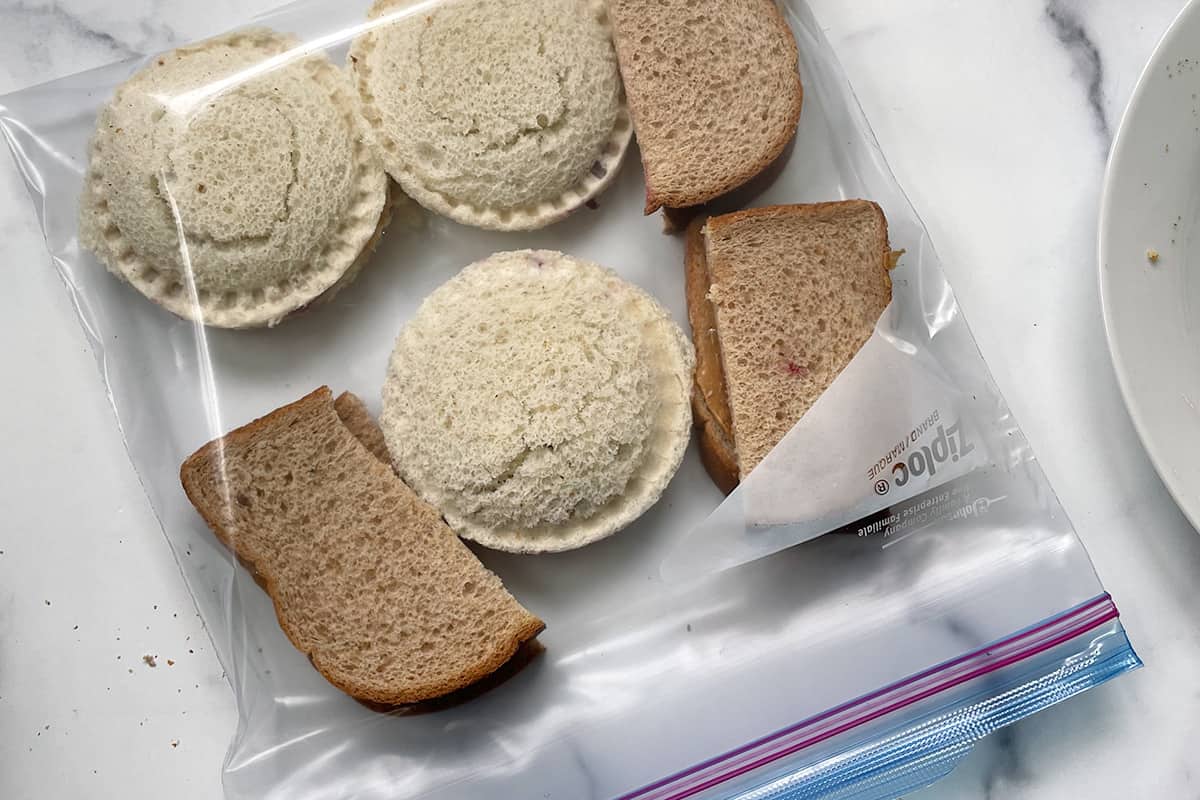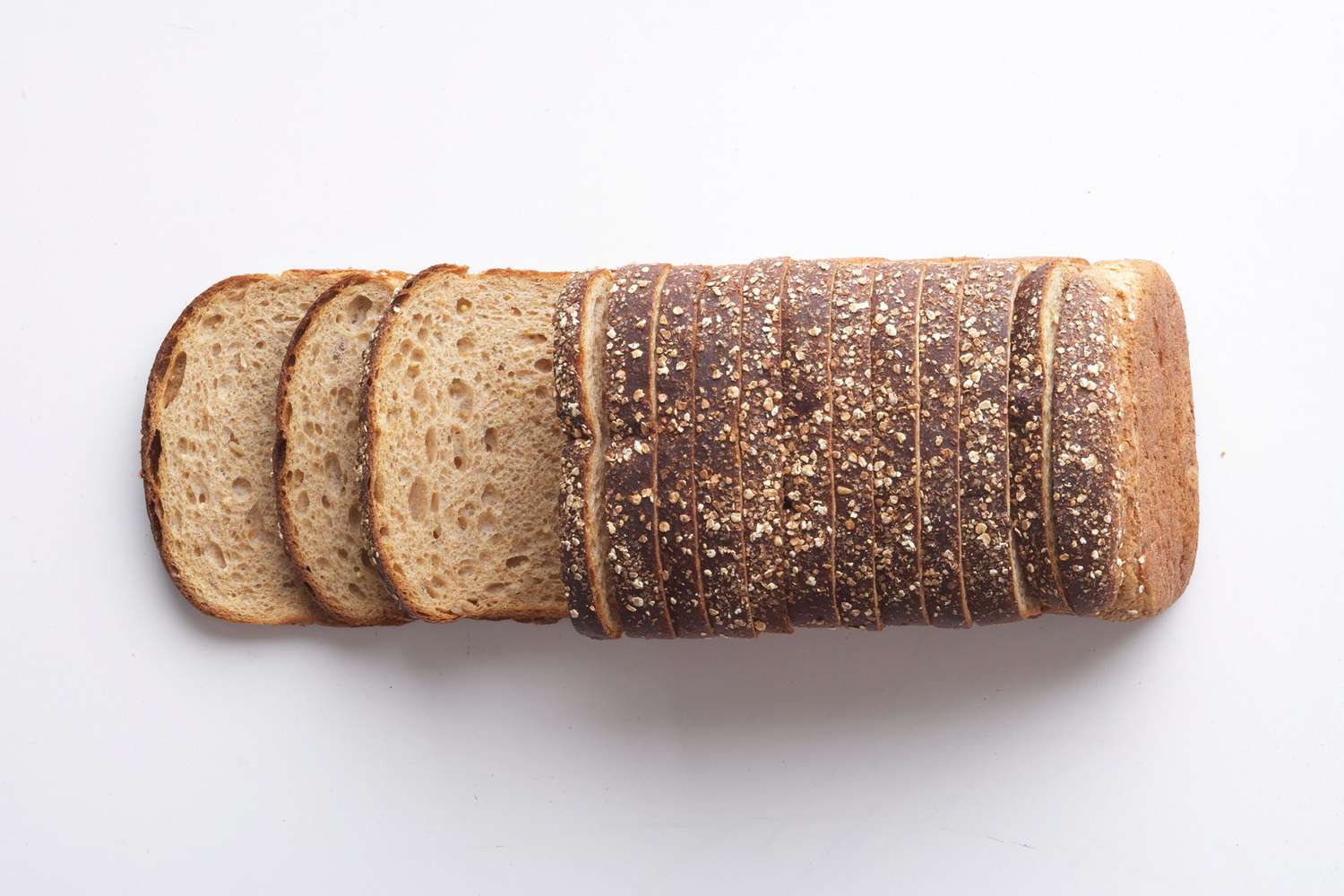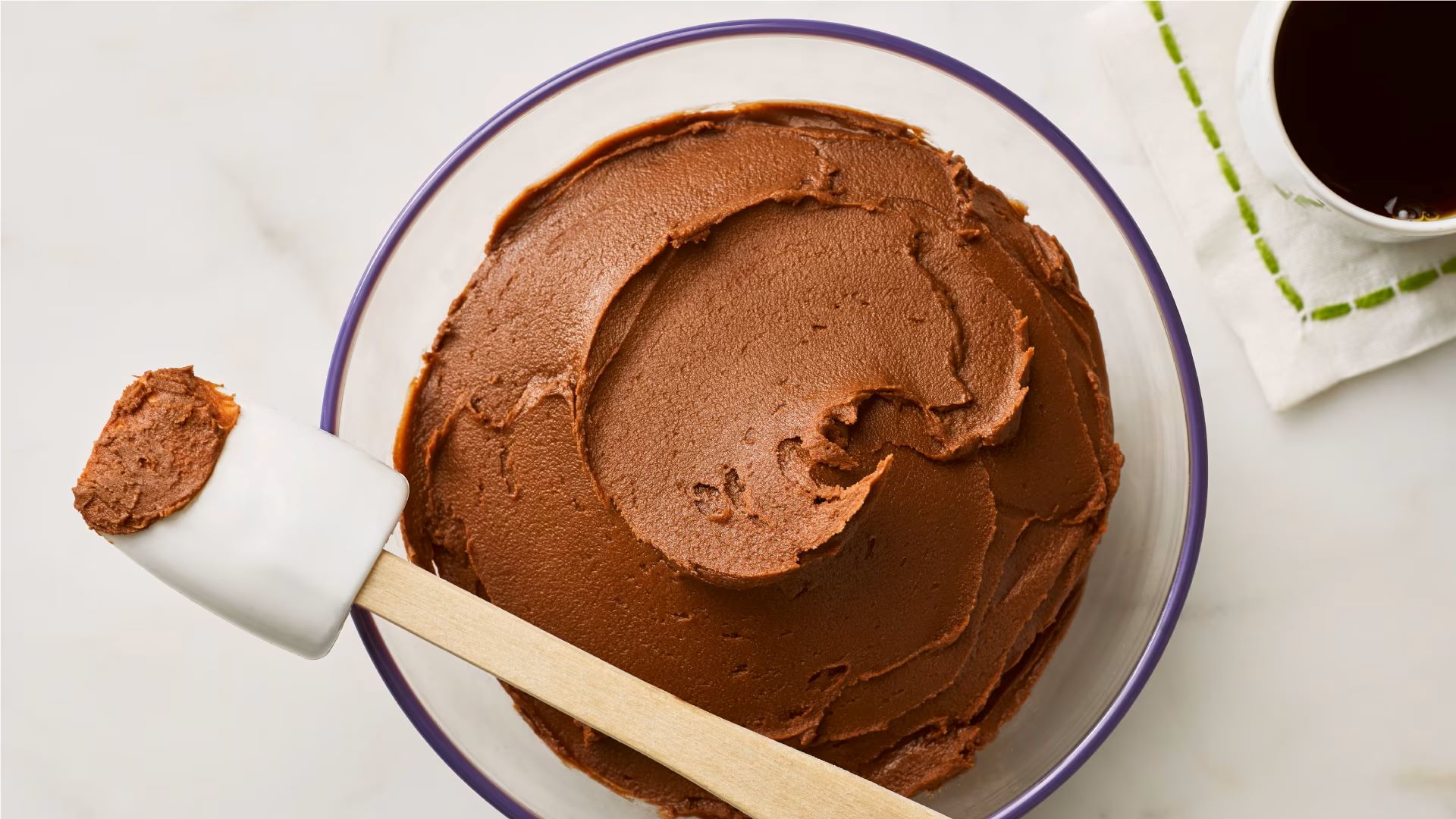

Articles
How To Store Homemade Breakfast Sandwiches
Modified: February 27, 2024
Learn how to store homemade breakfast sandwiches easily with our helpful articles. Keep your sandwiches fresh and delicious for longer with our tips and tricks.
(Many of the links in this article redirect to a specific reviewed product. Your purchase of these products through affiliate links helps to generate commission for Storables.com, at no extra cost. Learn more)
Introduction
Breakfast is often considered the most important meal of the day, providing us with the energy and nutrients we need to kickstart our mornings. However, our busy lifestyles often leave us rushing out the door without having time to enjoy a wholesome breakfast. This is where homemade breakfast sandwiches come to the rescue. Prepared in advance, these delicious and nutritious sandwiches can be easily stored and enjoyed on-the-go. In this article, we’ll explore the benefits of homemade breakfast sandwiches and guide you through the process of storing them properly to maintain their flavor and freshness.
Key Takeaways:
- Homemade breakfast sandwiches offer convenience, customization, and cost-effectiveness. By choosing quality ingredients and proper storage, you can enjoy a nutritious and delicious breakfast on-the-go.
- Properly wrapping, labeling, and refrigerating homemade breakfast sandwiches ensures freshness and longevity. Reheat using oven, microwave, or stovetop for a satisfying meal anytime.
Read more: How To Store Homemade Sandwich Bread
Benefits of Homemade Breakfast Sandwiches
When it comes to breakfast options, homemade breakfast sandwiches offer a range of benefits that make them a popular choice. Here are a few reasons why you should consider incorporating them into your morning routine:
- Convenience: Homemade breakfast sandwiches are a convenient option for those with busy schedules. By preparing them in advance, you can grab a delicious and satisfying breakfast on your way out the door, saving you time and allowing you to start your day right.
- Nutritional Value: Unlike pre-packaged and fast-food breakfast sandwiches, homemade versions give you complete control over the ingredients. You can choose high-quality, fresh ingredients, ensuring a nutritious meal packed with essential nutrients, protein, and fiber.
- Customization: One of the greatest advantages of homemade breakfast sandwiches is their versatility. You can customize them to suit your taste preferences and dietary needs. Whether you prefer eggs, cheese, vegetables, or even adding a protein source like bacon or ham, the possibilities are endless.
- Cost-Effective: Buying breakfast sandwiches from cafes or fast-food chains can be expensive in the long run. Making your own at home allows you to save money while still enjoying a delicious and satisfying breakfast.
- Reduced Food Waste: By making homemade breakfast sandwiches, you have control over portion sizes and can use ingredients that are approaching their expiration date. This helps reduce food waste and promotes sustainability.
- Healthier Ingredients: Many store-bought breakfast sandwiches contain additives, preservatives, and high levels of sodium. When making them at home, you have the freedom to choose high-quality ingredients, such as whole wheat bread, organic eggs, and fresh vegetables, resulting in a healthier option.
With these incredible benefits, it’s clear why homemade breakfast sandwiches are a popular choice for people looking to start their day off right. Now, let’s explore the key considerations in choosing the right ingredients for your sandwiches.
Choosing the Right Ingredients
When it comes to preparing homemade breakfast sandwiches, selecting the right ingredients is crucial to ensure flavor, nutrition, and overall satisfaction. Here are a few factors to consider:
- Bread: Choose a bread that is both delicious and sturdy enough to hold the fillings without becoming soggy. Whole wheat, multigrain, or sourdough bread are great options for added fiber and nutrients.
- Eggs: Eggs are a staple ingredient in breakfast sandwiches. Opt for organic or free-range eggs for a better flavor and higher nutritional value.
- Protein: Consider adding a protein source such as bacon, sausage, ham, or even vegetarian options like tofu or tempeh. This will add flavor and make the sandwich more filling.
- Cheese: Cheese adds a creamy and savory element to breakfast sandwiches. Popular choices include cheddar, Swiss, mozzarella, or even a sprinkle of feta for added tanginess.
- Vegetables: Adding vegetables not only enhances the nutritional value of your breakfast sandwich but also adds texture and freshness. Options like sliced tomatoes, spinach, bell peppers, or avocado are popular choices.
- Sauces and Spices: Don’t forget about sauces and spices to enhance the overall flavor. Consider options like mayonnaise, ketchup, mustard, hot sauce, or even a homemade pesto for added tang or heat.
Remember to use fresh and high-quality ingredients whenever possible to ensure the best taste and nutritional value. Once you have gathered all the ingredients, it’s time to learn how to prepare and assemble your homemade breakfast sandwiches.
Preparing and Assembling the Sandwiches
Now that you have gathered all the necessary ingredients, it’s time to prepare and assemble your homemade breakfast sandwiches. Follow these steps for a delicious and well-constructed sandwich:
- Cook the ingredients: Start by cooking any protein sources such as bacon or sausages according to your preference. Scramble or fry the eggs, keeping in mind how you want them cooked – runny yolks or fully-cooked.
- Toast the bread: Toast the bread slices to add a crispy texture and prevent them from becoming soggy once the fillings are added. You can toast them in a toaster or under the broiler in the oven.
- Layer the fillings: Take one slice of bread and start layering your fillings. Begin with the protein, followed by the eggs and cheese. Add any desired vegetables and sauces or spices to complete the sandwich.
- Top it off: Place the second slice of bread on top to complete the sandwich. Press down gently to secure the fillings and ensure the sandwich holds its shape.
By following these steps, you will have a perfectly prepared homemade breakfast sandwich. Now, it’s time to move on to the next crucial step in ensuring the freshness and longevity of your sandwiches – wrapping and labeling.
To store homemade breakfast sandwiches, wrap them individually in plastic wrap and then place them in a resealable plastic bag or airtight container. Store in the refrigerator for up to 5 days or in the freezer for up to 1 month.
Wrapping and Labeling the Sandwiches
Once your homemade breakfast sandwiches are prepared and assembled, it’s important to properly wrap and label them to maintain their freshness and make it easy to identify them later. Here’s how you can do it:
- Wrap individually: Wrap each sandwich individually in plastic wrap or foil to prevent any moisture from seeping in and making the bread soggy. This also helps to maintain the integrity of the fillings and prevents them from spilling out.
- Use parchment paper: If you prefer a more eco-friendly option, wrap the sandwiches in parchment paper instead of plastic wrap or foil. The parchment paper will help maintain the freshness while being a more sustainable choice.
- Label the sandwiches: It’s essential to label each wrapped sandwich with the date of preparation. This allows you to easily keep track of the freshness and ensures that you consume them within a reasonable time frame.
- Choose a storage container: Place the individually wrapped sandwiches in an airtight container or ziplock bags. This will further protect them from air exposure and help retain their flavor and texture for a longer period.
By following these wrapping and labeling techniques, you can store your homemade breakfast sandwiches and ensure they stay fresh and delicious. But what about the storage itself? Let’s dive into some proper storage techniques for your homemade breakfast sandwiches.
Read more: How To Store Sandwiches
Proper Storage Techniques
Proper storage techniques are crucial to maintain the quality and freshness of your homemade breakfast sandwiches. Here are some tips to keep in mind:
- Refrigerate promptly: After wrapping the sandwiches, place them in the refrigerator as soon as possible. The refrigerator helps to slow down bacterial growth and keeps the sandwiches at a safe temperature.
- Store in the right temperature: Set your refrigerator temperature between 35 to 40 degrees Fahrenheit (2 to 4 degrees Celsius) for optimal storage of perishable foods like sandwiches.
- Arrange properly: Store the sandwiches in an organized manner, making sure there is enough space between them to allow for proper air circulation. This helps maintain their quality and prevents any cross-contamination.
- Keep away from strong odors: Ensure that your homemade breakfast sandwiches are stored away from foods with strong odors, such as onions or garlic. This will prevent the sandwiches from absorbing unwanted flavors.
- Follow the FIFO method: FIFO stands for “First In, First Out.” As you add freshly made sandwiches to the storage container, place them behind the already stored ones. This way, you will consume the older sandwiches first, reducing the chances of them going to waste.
It’s important to note that while refrigeration extends the shelf life of your homemade breakfast sandwiches, they will still have a limited storage time. It is recommended to consume them within 3 to 4 days for optimal freshness and flavor.
Now that you have successfully stored your homemade breakfast sandwiches, you may be wondering how to reheat them properly without sacrificing taste and texture. Let’s find out in the next section.
Reheating Instructions
When it’s time to enjoy your homemade breakfast sandwiches, reheating them properly will help restore their deliciousness. Here are a few methods for reheating your sandwiches:
- Oven or toaster oven: Preheat your oven or toaster oven to 350 degrees Fahrenheit (175 degrees Celsius). Remove the sandwich from its wrapping and place it on a baking sheet. Heat for about 10-12 minutes or until warmed through.
- Microwave: If you’re in a hurry, you can use the microwave to reheat your sandwich. Start by removing any foil or plastic wrap and place the sandwich on a microwave-safe plate. Heat it for about 1-2 minutes, or until warmed through, using 30-second intervals and checking for your desired temperature.
- Stovetop: For a crispier texture, you can reheat the sandwich on the stovetop. Heat a non-stick pan over medium-low heat and place the sandwich in the pan. Cook for a few minutes on each side until the bread is crispy and the fillings are heated through.
Whichever method you choose, make sure the sandwich reaches an internal temperature of 165 degrees Fahrenheit (74 degrees Celsius) to ensure food safety.
Remember, reheating techniques may slightly alter the texture of the sandwich, so it’s best to experiment with different methods and find the one that suits your preference.
Now that you have learned all about properly storing and reheating homemade breakfast sandwiches, it’s time to start incorporating this convenient and delicious breakfast option into your routine. Enjoy your homemade creations and start your day off with a satisfying and flavorful meal!
Conclusion
Homemade breakfast sandwiches offer a convenient and nutritious way to start your day. With the ability to customize ingredients, control portion sizes, and save money, they are a popular choice for busy individuals looking for a quick but satisfying breakfast option.
By choosing the right ingredients, such as fresh bread, high-quality protein, flavorful cheese, and vibrant vegetables, you can create a breakfast sandwich that suits your taste buds and dietary preferences. Taking the time to properly cook and assemble the sandwich ensures a delicious and well-balanced meal.
Properly wrapping and labeling the sandwiches is essential for maintaining freshness and preventing moisture from compromising the texture. Storing the sandwiches in the refrigerator and following the FIFO method ensures that you consume them within a safe time frame.
When it’s time to enjoy your homemade breakfast sandwiches, reheating them using methods like the oven, microwave, or stovetop ensures that they are heated evenly and ready to be savored.
Incorporating homemade breakfast sandwiches into your routine not only provides a convenient breakfast option but also helps reduce food waste and allows you to control the nutritional value of your meal.
So, why settle for store-bought options when you can create delicious and customized breakfast sandwiches right at home? Start experimenting with different ingredients, flavors, and seasonings to create your perfect morning sandwich. With proper storage and reheating techniques, you can enjoy a homemade breakfast sandwich that is both delicious and satisfying every day!
Frequently Asked Questions about How To Store Homemade Breakfast Sandwiches
Was this page helpful?
At Storables.com, we guarantee accurate and reliable information. Our content, validated by Expert Board Contributors, is crafted following stringent Editorial Policies. We're committed to providing you with well-researched, expert-backed insights for all your informational needs.















0 thoughts on “How To Store Homemade Breakfast Sandwiches”